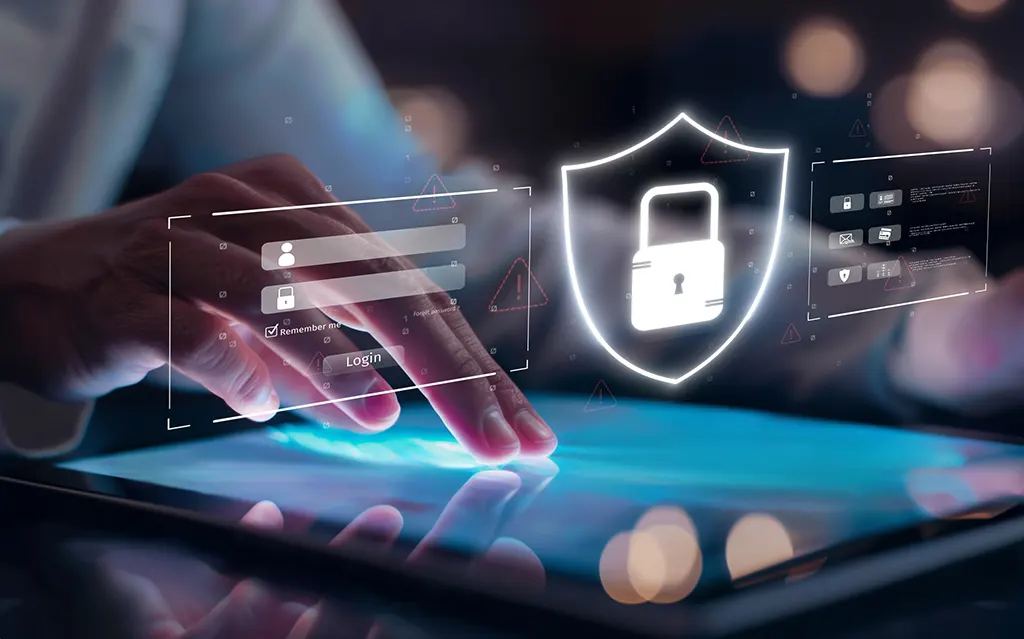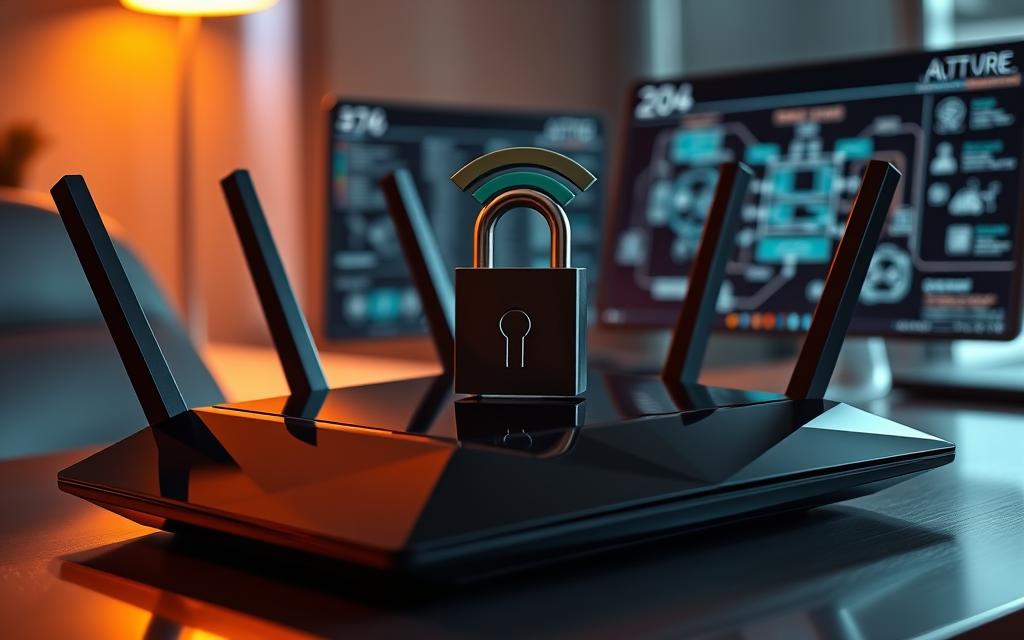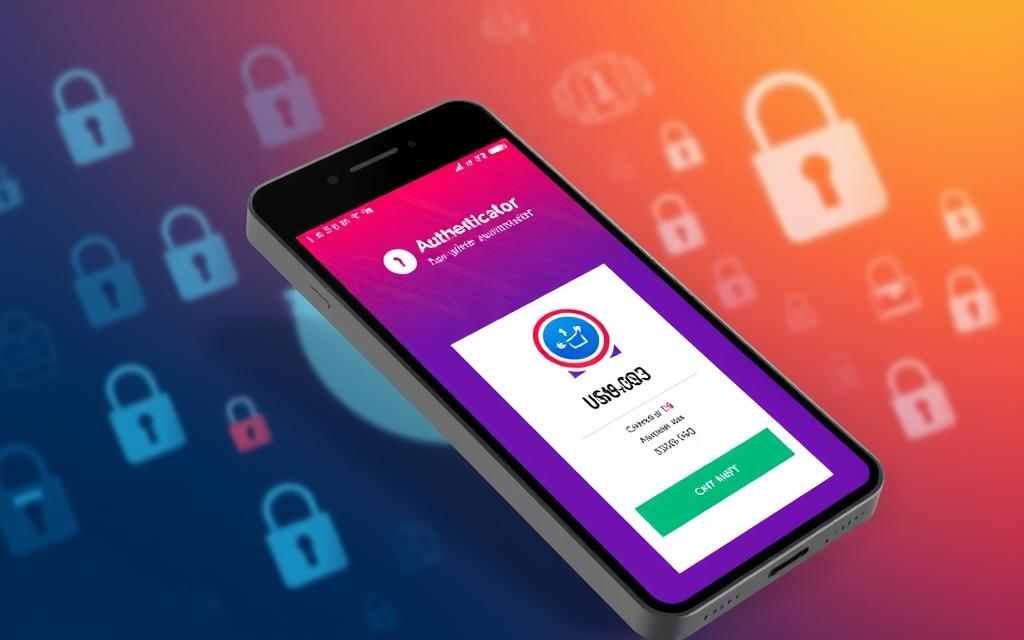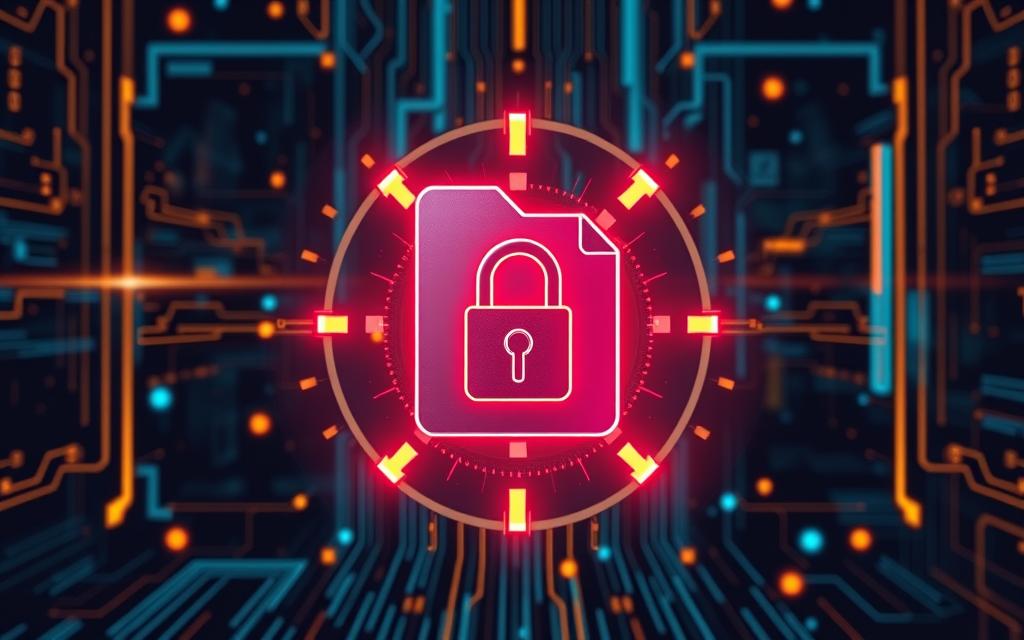Discover essential strategies and best practices on how to protect personal data security at work. Safeguard your information and your company’s assets effectively. In today’s digital age, understanding how to protect personal data security at work is more crucial than ever. With cyber threats evolving rapidly and data breaches becoming increasingly common, employees must take proactive steps to safeguard their personal information and their company’s sensitive data. This comprehensive guide will explore various strategies and best practices on how to protect personal data security at work, ensuring that you’re well-equipped to handle the challenges of the modern workplace. Understanding the Importance of Personal Data Security at Work Personal data security at work is not just a matter of individual privacy; it’s a cornerstone of organizational integrity and trust. When employees know how to protect personal data security at work, they contribute to a culture of vigilance that benefits everyone. This includes safeguarding customer information, proprietary company data, and sensitive personal details that could be exploited by malicious actors. The consequences of neglecting personal data security can be severe, ranging from identity theft to corporate espionage. By learning how to protect personal data security at work, you’re not only shielding yourself from potential harm but also fulfilling your professional responsibility to your employer and clients. It’s a skill that has become as essential as any other job-related competency in the modern workplace. Key Strategies on How to Protect Personal Data Security at Work When it comes to understanding how to protect personal data security at work, there are several key strategies that every employee should master. These techniques form the foundation of a robust personal data security approach and can significantly reduce the risk of data breaches or unauthorized access to sensitive information. Implementing these strategies consistently is crucial in maintaining a secure work environment. By making these practices a part of your daily routine, you’ll be taking significant steps towards protecting both your personal data and your organization’s valuable information assets. Let’s explore some of the most effective methods for ensuring data security in the workplace. 1. Strong Password Management One of the fundamental aspects of learning how to protect personal data security at work is mastering the art of password management. Strong, unique passwords are your first line of defense against unauthorized access to your accounts and sensitive information. Creating complex passwords that combine uppercase and lowercase letters, numbers, and special characters can significantly enhance your security. However, remembering multiple complex passwords can be challenging. This is where password managers become essential. These tools can generate and securely store strong, unique passwords for all your accounts, allowing you to maintain robust security without the burden of memorizing numerous complex strings. Regular password changes and avoiding the use of personal information in your passwords are also crucial steps in how to protect personal data security at work. 2. Two-Factor Authentication (2FA) Implementing two-factor authentication (2FA) is another critical step in learning how to protect personal data security at work. This additional layer of security requires users to provide two different authentication factors to verify their identity, making it significantly more difficult for unauthorized users to gain access to sensitive information. 2FA typically combines something you know (like a password) with something you have (like a smartphone) or something you are (like a fingerprint). By enabling 2FA on your work accounts, you add an extra barrier against potential intruders. Even if someone succeeds in acquiring your password, they would still require the second factor to access your account. This simple yet effective measure is a cornerstone of how to protect personal data security at work and should be implemented whenever possible. 3. Regular Software Updates and Patch Management Keeping your software up-to-date is a crucial aspect of learning how to protect personal data security at work. Software developers regularly release updates and patches to address newly discovered vulnerabilities and improve security features. By promptly installing these updates, you ensure that your systems have the latest protection against known threats. This practice extends beyond just your operating system; it includes all software applications you use for work, including browsers, email clients, and productivity tools. Many organizations have automated update processes, but it’s important to be proactive and check for updates regularly, especially on personal devices used for work purposes. Staying current with software updates is an essential part of how to protect personal data security at work and helps maintain a robust defense against evolving cyber threats. 4. Secure Network Connections Understanding how to protect personal data security at work involves being mindful of the networks you connect to. When working remotely or accessing work-related information outside the office, it’s crucial to use secure network connections. Public Wi-Fi networks, while convenient, can be breeding grounds for cybercriminals looking to intercept data. To mitigate these risks, always use a Virtual Private Network (VPN) when connecting to public Wi-Fi. A VPN encrypts your internet traffic, making it much harder for anyone to intercept or spy on your online activities. Additionally, avoid accessing sensitive work information on public networks whenever possible. If you must use public Wi-Fi, treat all networks as potentially compromised and take extra precautions. This awareness of network security is a key component of how to protect personal data security at work in our increasingly mobile work environments. 5. Email Security and Phishing Awareness Email remains one of the primary vectors for cyber attacks, making email security a critical aspect of how to protect personal data security at work. Phishing attempts, where attackers try to trick you into revealing sensitive information or clicking on malicious links, are particularly common and can be quite sophisticated. To protect yourself, always be cautious when opening emails from unknown senders. Exercise caution with unexpected attachments or links, even if they seem to originate from a reliable source. Learn to recognize the signs of phishing emails, such as poor grammar, urgent requests for sensitive information, or slightly off email addresses. Many organizations provide phishing awareness training,





